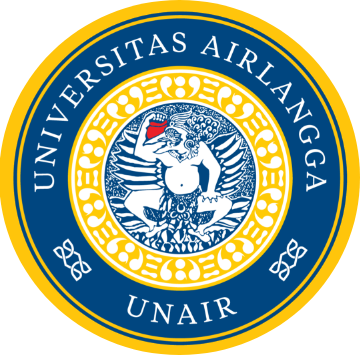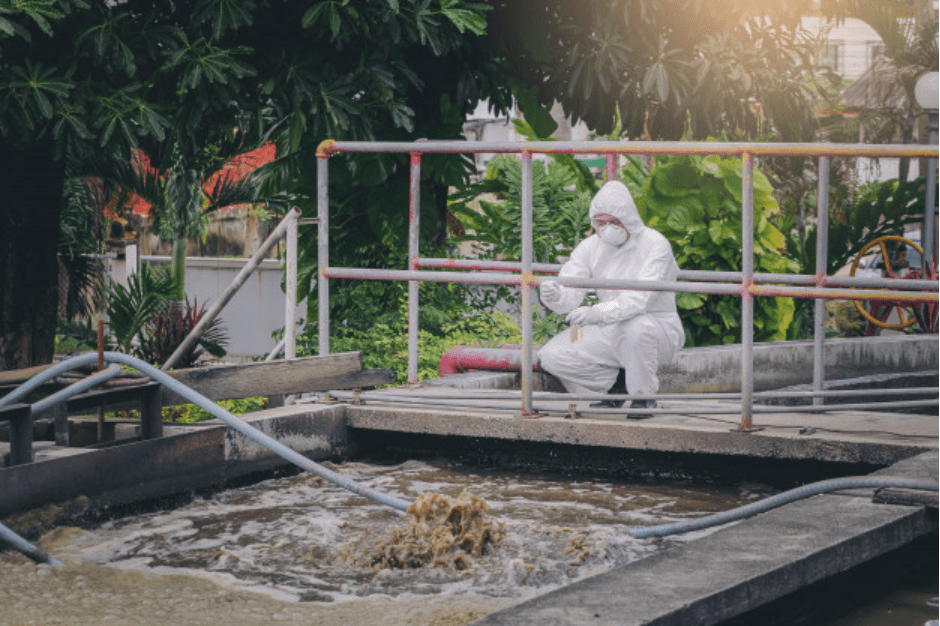The liquid waste management deriving from the health care facilities is a crucial component in the Sanitation Safety Procedure where it is guaranteed the quality of the liquid waste would no longer be dangerous for the public health. Where the contents of the liquid waste generated from the health facilities contain several hazardous substances, such as pharmaceutical and medicinal waste, hazardous chemical substances, pathogenic microbes such as bacteria, parasites, helminth, viruses, and radioactive waste.
Hospital as health service provider is comprehensive, curative, and preventive. It functions as the place for health check-ups, therapy, treatment as well as recovery for the people. In carrying out the services, the hospital may potentially become the place of disease transmission and also the place where environmental contamination and health disorder occur. The healthcare facilities generate radioactive, pathological, infectious, cytotoxic, pharmaceutical waste as well as sharps waste that could potentially cause adverse effects on the environment. Therefore, all activities conducted in the hospital generate waste, including liquid waste that requires optimal management at WWTP which serves to turn such liquid waste into something harmless to the living organisms and the environment.
This study aims to determine the effectiveness of the Wastewater Treatment Plant (WWTP) and the quality of liquid waste at Dr. Soetomo General Hospital. Inlets were liquid waste central collection tanks that have not been processed and generated from hospital activities. The outlets were the disposal tank of the liquid waste management. The data obtained consist of the average debit data of the liquid waste, the laboratory analysis result of the liquid waste located at the outlet and inlet of WWTP from the physical, chemical, and biological that contain the TSS value, BOD, COD, pH, NH3N, PO4, and E. Coli group bacteria as the material for calculating the effectiveness of WWTP in reducing the liquid waste content. The research method was a quantitative descriptive study using secondary data from laboratory analysis of the wastewater inlet and outlet of The Central Wastewater Treatment Plant (WWTP) of Dr. Soetomo General Hospital from January to December 2020.
The examination of Central WWTP’s outcome processing for Dr. Soetomo General Hospital was conducted by a laboratory that has been accredited by the National Accreditation Committee and has been appointed by the Environmental Agency of East Java that is carried out every month. Effectiveness was obtained by calculating the difference between the inlet and outlet values of each parameter divided by the inlet value multiplied by 100 percent. WWTP in Dr. Soetomo General Hospital Surabaya used a central WWTP that has three units, namely WWTP Sequence Batch Reactor (SBR), WWTP Membrane Biostrain Reactor (MBR), and WWTP Aerobic Biofilter which aims to improve the quality of liquid waste. Based on the results of the research analysis, it has been found that hospital wastewater treatment using a central WWTP system is effective in reducing the levels of parameters namely Total Suspended Solid (TSS) by 60.55%, Biological Oxygen Demand (BOD) by 72.52%, Chemical Oxygen Demand (COD) by 54.02%, Ammoniacal Nitrogen (NH3N) by 90.91%, Phosphate (PO4) by 71.43%, bacteria group E. Coli by 99.93%. The temperature and Potential of Hydrogen (pH) parameters recorded at the outlet are by the established quality standards.
Three units of WWTP in Dr. Soetomo General Hospital can effectively manage the liquid waste. The liquid waste in each parameter in accordance to Under Regulation of East Java Governor No. 72 of 2013 on health care facility liquid waste quality standards, so that the impact of pollution on the environment can be minimized.
Author: R. Azizah
EFFECTIVENESS OF WASTEWATER TREATMENT INSTALLATION AND LIQUID WASTE QUALITY IN DR. SOETOMO GENERAL HOSPITAL, SURABAYA









